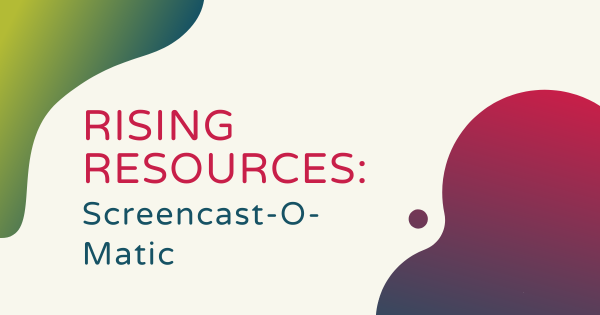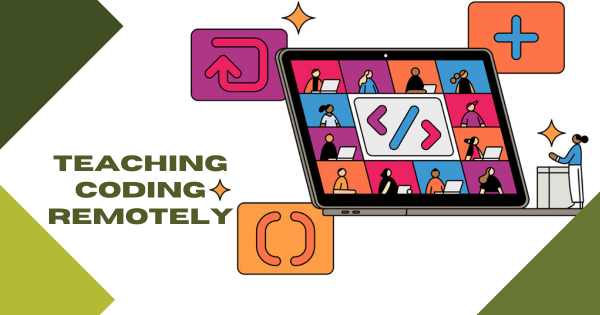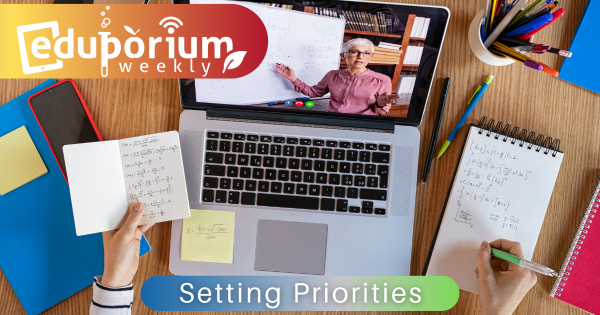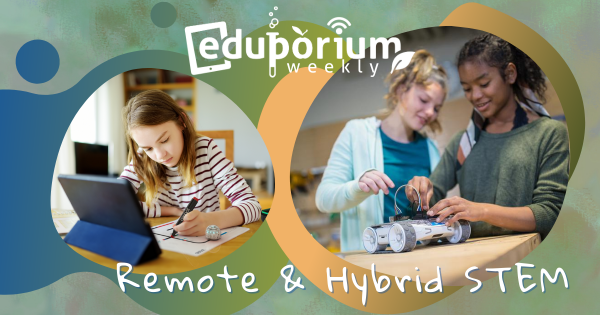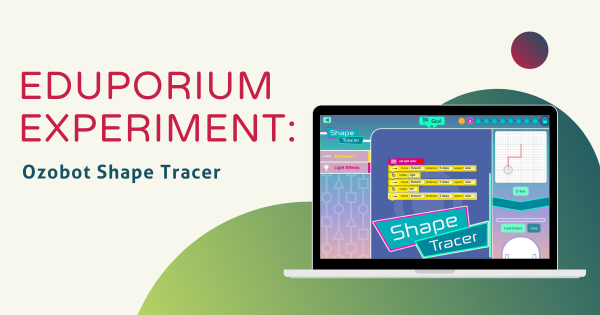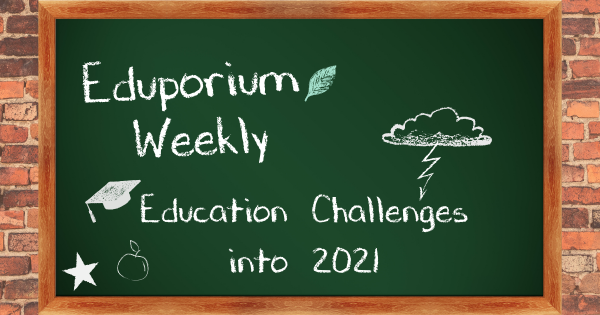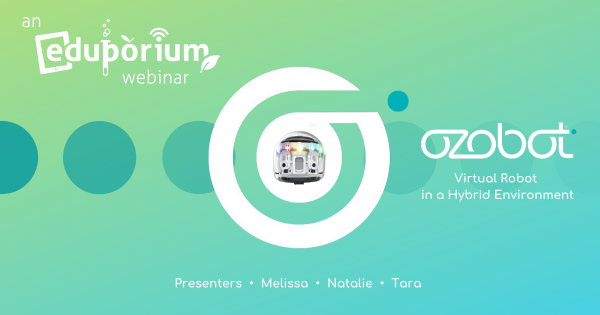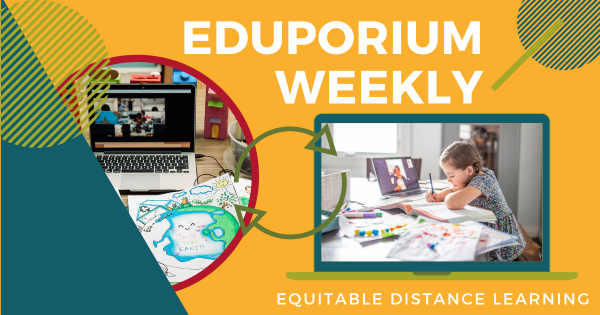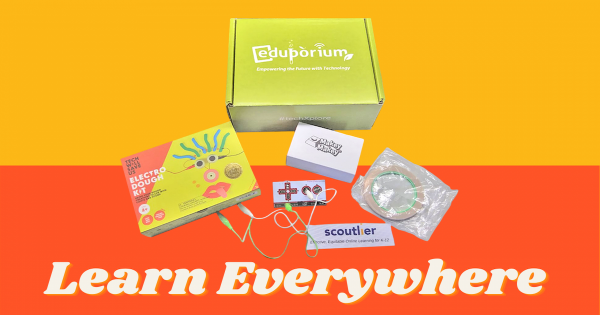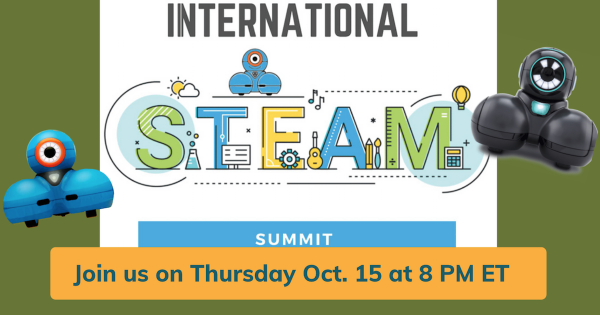As a mobile application or desktop program, Screencast-O-Matic can help make mobile video recording and editing easier on any teacher who likes to customize the content they teach with. Plus, students can get creative with the projects they produce thanks to the simple user experience that makes Screencast-O-Matic a great tech tool in creative education.
Distance Learning
The advent of distance learning during the COVID-19 pandemic brought about profound impacts on children, educators, and STEM education. For kids, the shift to online learning presented both challenges and opportunities. While some thrived in the self-paced environment, others faced difficulties with connectivity, lack of resources, and fewer face-to-face interactions. That digital divide became extra pronounced, with disparities in access to technology hindering experiences for underserved children as well. Teachers found themselves rapidly adapting to virtual classrooms, navigating new technologies, or redesigning lessons. That absence of in-person engagement also posed challenges with maintaining student focus and addressing individual learning needs. However, it did help to spur creativity, pushing teachers to explore innovative teaching methods and leverage technology to enhance instruction.
-
Summer STEM: Tips for Teaching Coding Remotely
STEM education and coding in particular do not have to come to a halt just because education has been altered. Teachers around the world have been going to great lengths since March to continue delivering instruction with the highest quality possible and that can include STEM experiences in remote learning if you have a sound strategy. -
Eduporium Weekly | STEM in Remote and Hybrid Education
While not impossible, planning for STEM in remote or hybrid learning does present obstacles for educators, including finding the time to fit it into class meetings, creating lesson plans, and getting materials to students. Online STEM platforms have provided one solution, but, in order to replicate that classroom experience, it can become tricky. -
Eduporium Experiment | Ozobot's Shape Tracer
Though it’s ideal, having a physical robot is not always an option for students learning outside of the classroom and that’s why these various virtual resources have become so important. Among those is the Shape Tracer game from Ozobot, a cool, Web-based platform students can use to code a virtual Ozobot right on their screen. -
Eduporium Weekly | Challenges Around Education In 2021
Many of the insights we’ve gained about education amid the pandemic are lessons most of us wouldn’t have thought we would need to learn but they have become very valuable. Now, educational leaders are dealing with the prospect of carrying over these insights as they create meaningful student experiences while also trying to apply new knowledge going forward. -
Ozobot Virtual Coding Solutions for Remote and Hybrid
In the webinar, a lot is covered and we hope there is some helpful information for what you need when it comes to coding education in remote learning. Thanks to how it’s evolved along with the emergence of the Ozobot Classroom learning management system, teachers and students have been able to continue making use of this STEAM solution. -
Eduporium Weekly | More Equity In Distance Learning
For thousands of children, physically attending school in person is the only notable way they can connect with others. It may be because they’re living in very rural areas without guaranteed Internet access or they may struggle with economic limits that prevent them from paying for an Internet plan but these newly illuminated inequities in remote learning aren’t really new. -
Learn Everywhere With This New STEAM Kit From Eduporium
From the development of our hybrid and remote offerings to exploration of new virtual coding platforms, we’ve learned a whole lot about how we can adapt STEAM learning in this new age. We now have one more offering to tell you about—a brand new Learning Everywhere kit that members of our team helped develop in a partnership with the pros -
Join Us at the Wonder Workshop International STEAM Summit!
We’re excited to sponsor one of the sessions, led by our friend, Jasmine Saab, on Thursday, Oct. 15! Jasmine will be discussing coding in middle school with the Cue and a “DASH” of distance learning and we’ll provide a Wonder Workshop kit to one lucky attendee! The session is for teachers, STEAM specialists, and anyone looking to innovate in distance




